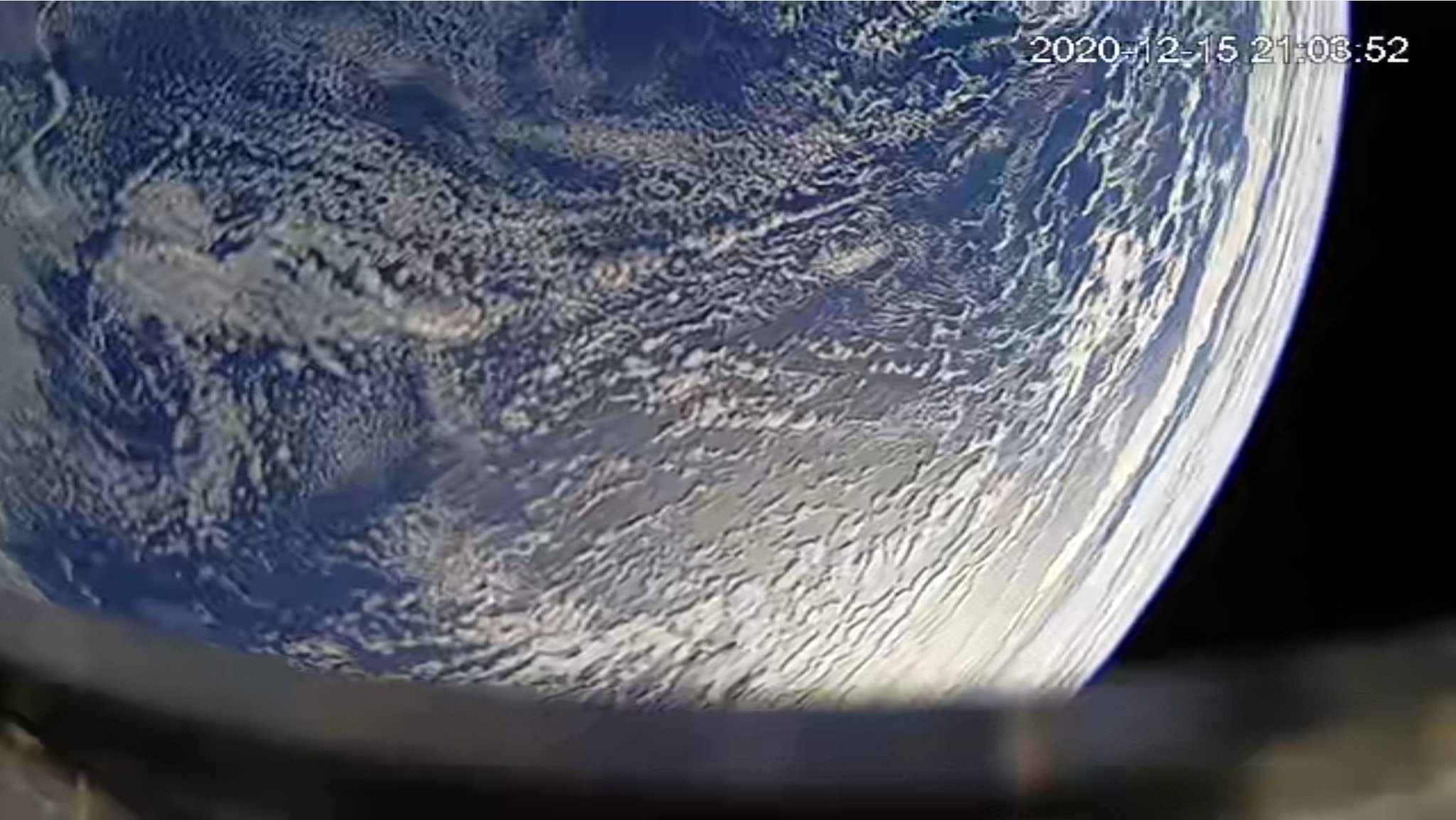Rocket launch startup Astra has joined an elite group of companies who can say their vehicle has actually made it to orbital space – earlier than expected. The company’s Rocket 3.2 test rocket (yes it’s a rocket called ‘Rocket’) passed the Karman line, the separation point 100 km or 62 miles up that most consider the barrier between Earth’s atmosphere and space, during a launch today from Kodiak, Alaska.
This is the second in this series of orbital flight tests by Astra; it flew its Rocket 3.1 test vehicle in September, but while that flight was successful by the company’s own definition, since it lifted off and provided a lot of data, it didn’t reach space or orbit. Both the 3.1 and 3.2 rockets are part of a planned three-launch series that Astra said would be designed to reach orbital altitudes by the end of the trio of attempts.
Astra is a small satellite launch startup that builds its rockets in California’s East Bay, at a factory it established there which is designed to ultimately produce its launchers in volume. Their model uses smaller craft than existing options like either SpaceX or Rocket Lab, but aims to provide, responsive, short turnaround launch services at a relatively low-cost – a bus to space rather than a hired limousine. They compete more directly with something like Virgin Orbit, which has yet to reach space with its launch craft.

The view from Astra’s Rocket 3.2 second stage from space.
This marks a tremendous win and milestone for Astra’s rocket program, made even more impressive by the relatively short turnaround between their rocket loss error in September, which the company determined was a result of a problem in its onboard guidance system. Correcting the mistake and getting back to an active, and successful launch, within three months, is a tremendous technical achievement even in the best of times, and the company faced additional challenges because of COVID-19.
Astra was not expecting to make it as far as it did today – the startup has defined seven stages of reaching orbital flight for its development program; today it expects dto achieve 1) count and liftoff; and 2) reaching Max Q, the point of maximum dynamic pressure undergone by a rocket in flight in Earth’s atmosphere. Third, they were looking to achieve nominal main-engine cutoff for first stage – and this is where they would’ve pegged success today, but the “rocket continued to perform,” according to CEO and founder Chris Kemp on a call following the launch.
Rocket 3.2 then performed a successful stage separation, and then the second stage passed through Karman line, reaching outer space. After that, it went further still, achieving a successful upper stage ignition, and a nominal upper stage engine shut off six minutes later. Even then, the rocket reached 390 km which is its target orbital height, but then reached a velocity of 7.2 km per hours, just one half km/hour less than the 7.68 km required for orbital velocity.
Astra emphasized that the mix for the propellant for this stage is basically only able to achieve while testing in situ in space, so they say this will just require some upper stage propellant mixtures to achieve that extra velocity, and Kemp said they’re confident they can do that in the next couple of months, and start reliving payloads early next year. This won’t require any hardware or software changes, the company noted, just a tweak in the variables involved.

View of Earth from Astra’s second stage spacecraft on orbit.
He added that this is a big win for the underlying theory behind Astra’s approach, which focuses on using significant amounts of automation in order to reduce costs.
“We’ve only been in business for about four years, and this team only has about 100 people today,” Kemp said. “This team was able to overcome tremendous challenges on the way to this success.” had a member of the team quarantining, and tested positive on the way to Kodiak, which meant they had to quarantine the entire team, and then sent an entire backup team to replace them – possible because they only use five people on the launch team.”
“We now are at a point where just five people can go up, and set up the entire launch site and rocket, and launch in just a couple of days,” Kemp said. The team is literally just five people – including labor, rocket unloading, setup and everything on-site – the rest is run remotely from mission control in California via the cloud.
Now will do some tuning for Rocket 3.3, which is currently in California at the Astra factory, before soon attempting that final orbital test flight with a payload on board to deploy. After that, they intend to continue to iterate with each version of its Rocket launched, focusing on reducing costs and improving performance through rapid evolution of the design and technology.
https://ift.tt/3mmDbok Launch startup Astra’s rocket reaches space https://ift.tt/2KuFGHS













0 comments
Post a Comment